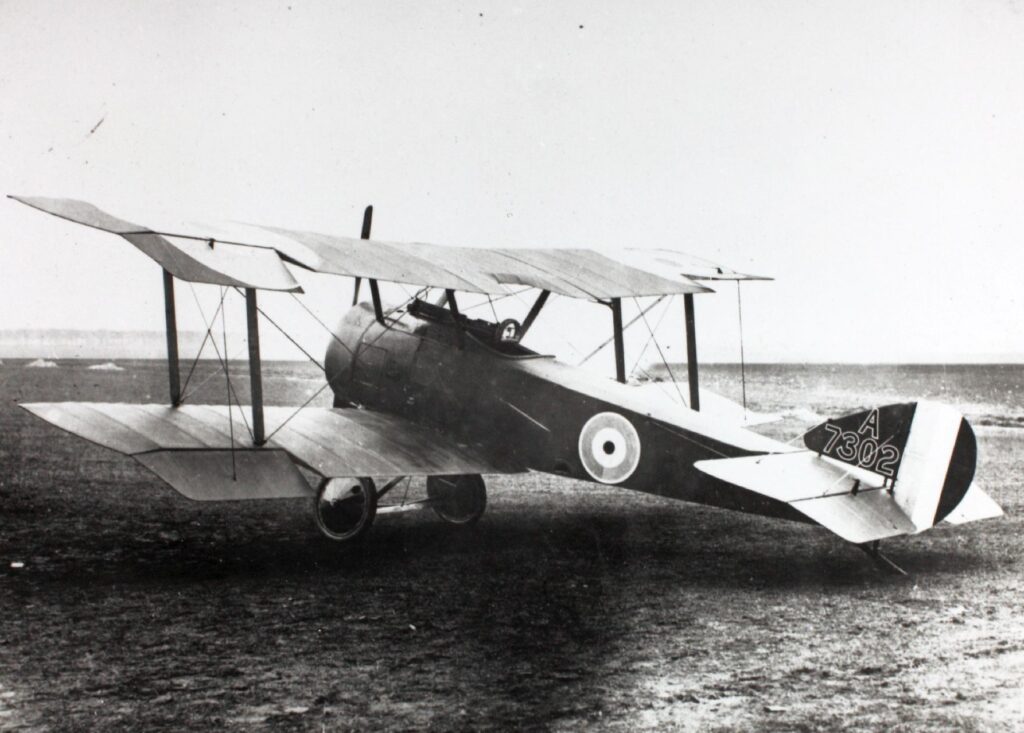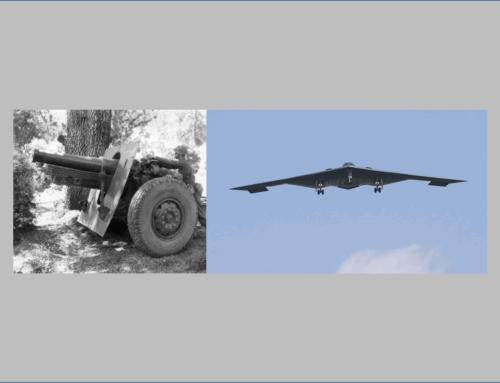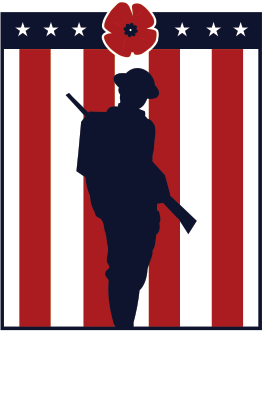First Flight of the WWI Sopwith Pup
Published: 9 February 2025
By Adam Estes
via the Vintage Aviation News website

Sopwith-Pup-7D2_7142-1-860×573
Head-on view of Sopwith Pup G-EBKY (converted from a Sopwith Dove) at the Shuttleworth Collection, Old Warden, England (Photo by Nigel Hitchman)
On this day in aviation history, February 9, 1916, the Sopwith Pup made its first flight. A small fighter even for the standards of WWI, the Sopwith Pup was the darling of British pilots from the autumn of 1916 to the spring of 1917. It was a pioneer of shipborne aviation, and after its brief period of dominance over the Western Front, it served as a valuable trainer for new pilots before transitioning into aircraft such as its successor, the Sopwith Camel.
The aircraft that became known as the Sopwith Pup was derived from a private aircraft developed for Harry Hawker (test pilot for the Sopwith Aviation Company, and later co-founder and namesake of Hawker Aircraft), a small single-seat, single-engine biplane called the SLTBP (Sopwith Light Tractor Biplane), which was powered by a 50 hp Gnome Monosoupape rotary engine and had a set of staggered equal span wings. With some revisions by Sopwith’s chief engineer Herbert Smith, a new aircraft based on the SLTBP emerged from the Sopwith factory at Kingston upon Thames, England, and made its first flight on February 9, 1916.
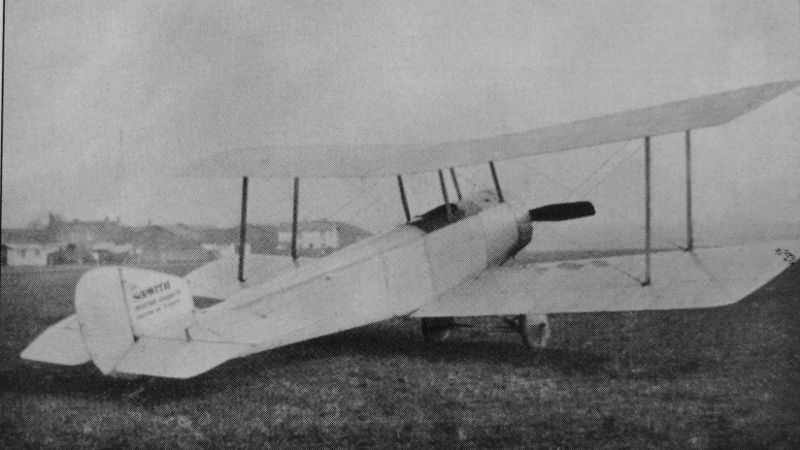
Harry Hawker’s SLTBP (Sopwith Land Tractor Biplane), the immediate precursor to the Sopwith Pup (Kingston Aviation)
After subsequent test flights, the Royal Naval Air Service (RNAS) began operational trials on the aircraft the British Admiralty designated as the Type 9901, the Royal Flying Corps (RFC) also expressed interest in the Sopwith Scout, as it was officially named. The aircraft was powered by the 80 hp Le Rhône 9C rotary engine and was among the first British single-seat fighters to be equipped with a 0.303 in (7.7 mm) Vickers synchronized machine gun to fire through the arc of its propeller using a synchronizer developed by aviation and radio engineer Harry Kauper.
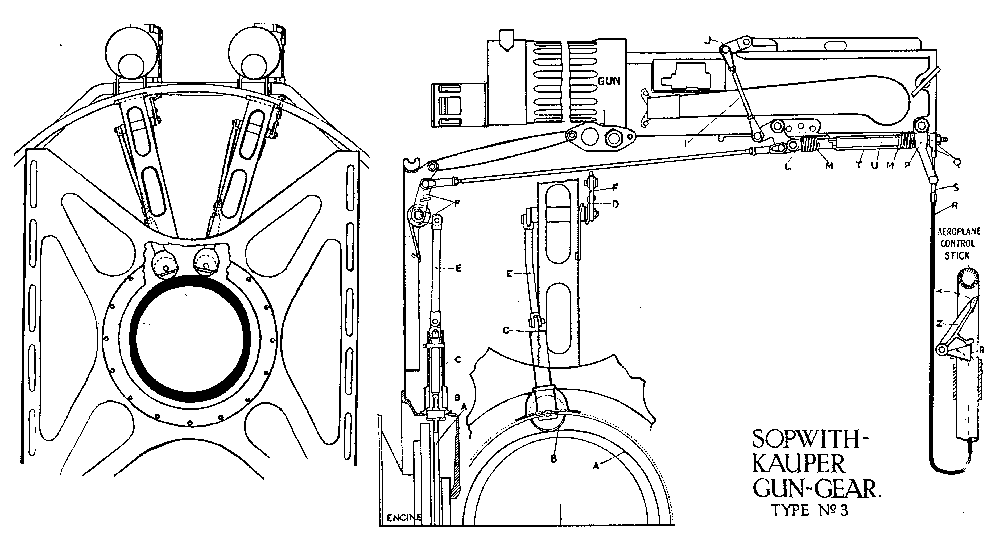
This diagram from a Royal Flying Corps maintenance manual for the Sopwith-Kauper synchronization gear in early production Sopwith Camels is analogous to the earlier variants of this device used on the Sopwith Pup, albeit with one gun. (Wikimedia Commons)
At the same time of the Scout’s development, Sopwith had introduced the two-seater fighter and reconnaissance aircraft known as the 1½ Strutter (so named for the long and short cabane struts that supported the top wing). As the Scout bore a resemblance to the Sopwith ½ Strutter, pilots would nickname the aircraft as the Pup, and although many staff officers felt the name to be “undignified”, the pilot’s term was out of endearment, and this would become the popular term for the aircraft.
In October 1916, the Sopwith Pup would enter combat over the Western Front, flying with No. 8 Squadron RNAS at Dunkirk, flying operational sorties over the Somme at the end of 1916. By December 1916, the first RFC squadron equipped with Pups, No. 54 Squadron, arrived in France. The pilots of both the RNAS and the RFC loved the performance of their Pups for its light weight, good climb rate, and excellent agility (owing largely to its low wing loading and in having ailerons on both sets of its wings). British ace James McCudden was reported to have said “When it came to manoeuvring, the Sopwith [Pup] would turn twice to an Albatros’ once … it was a remarkably fine machine for general all-round flying. It was so extremely light and well surfaced that after a little practice one could almost land it on a tennis court.” It was not long before the Germans, despite possessing aircraft such as the Albatros D.III that often had two machine guns to the Pup’s one, and had more powerful inline engines, found themselves on the receiving end of the Pup’s maneuverability. Legendary German ace Manfred von Richthofen, also known as the Red Baron, was reported to have said “We saw at once that the enemy aeroplane was superior to ours.”
→ Read the entire article on the Vintage Aviation News website here:
External Web Site Notice: This page contains information directly presented from an external source. The terms and conditions of this page may not be the same as those of this website. Click here to read the full disclaimer notice for external web sites. Thank you.
